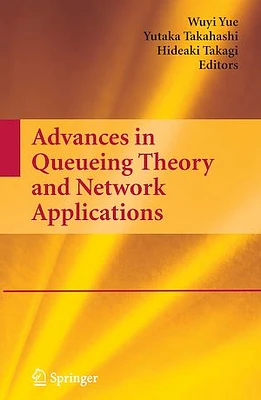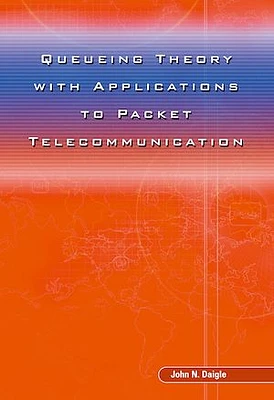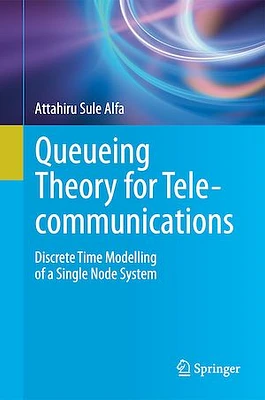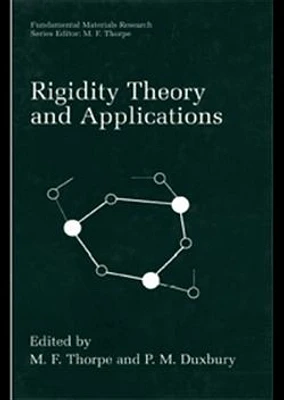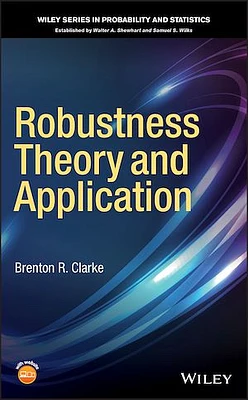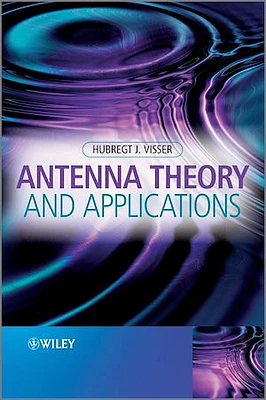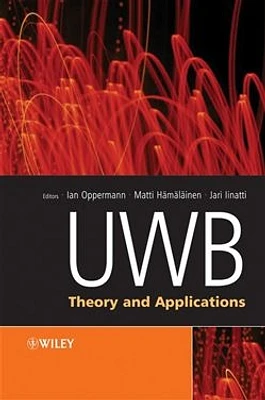Accueil
Vacation Queueing Models Theory and Applications

LIBRAIRIE CARCAJOU
Vacation Queueing Models Theory and Applications
De Librairie Carcajou
A classical queueing model consists of three parts - arrival process, service process, and queue discipline. However, a vacation queueing model has an additional part - the vacation process which is governed by a vacation policy - and a vacation policy can be characterized by three aspects: 1) vacation start-up rule., 2) vacation termination rule, and 3) vacation duration distribution. Hence, vacation queueing models are an extension of classical queueing theory.
Vacation Queueing Models: Theory and Applications discusses systematically and in detail the many variations of vacation policy. These discussions include: General Service Single Server Vacation Models (Exhaustive and Non-Exhaustive Service Type), General Input Single Server Vacation Models, Markovian Multi-Server Vacation Models, General Input Multi-Server Vacation Models, Optimization in Vacation Models, and Applications of Vacation Models.
By allowing servers to take vacations makes the queueing models more realistic and flexible in studying real-world waiting line systems. Integrated in the book's discussion are a variety of typical vacation model applications. These applications include call centers with multi-task employees, customized manufacturing, telecommunication networks, maintenance activities, etc. Finally, contents are present in a "theorem and proof" format and it is invaluable reading for operations researchers, applied mathematicians, statisticians., industrial, computer, electrical and electronics, and communication engineers., computer, management scientists., and graduate students in the above disciplines.




